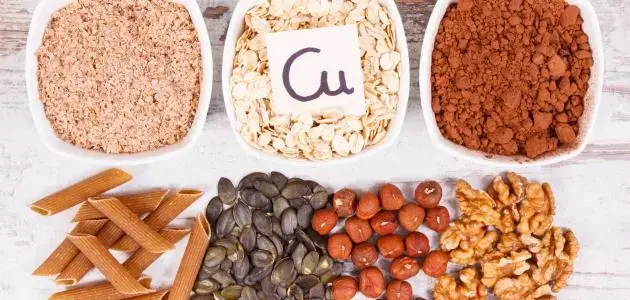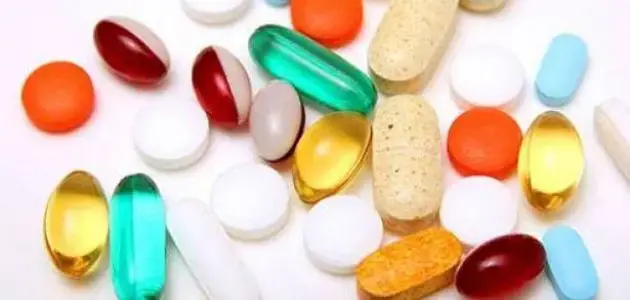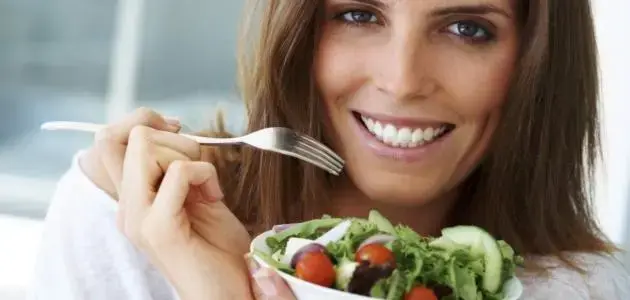Even though your body only needs small amounts of copper, it's still essential to get it through your diet—your body can’t make it on its own. Here’s a list of foods that are naturally rich in copper.
Copper-Rich Foods
Liver
Organ meats like liver are packed with nutrients, including B12, vitamin A, riboflavin, folate, and choline. They’re also one of the best sources of copper. A 67-gram slice of calf liver gives you about 10.3 mg of copper.
Oysters
Low in calories and full of good stuff like zinc, selenium, and B12, oysters are also a fantastic source of copper. Just 100 grams provides around 7.6 mg.
Shiitake Mushrooms
Shiitakes are a plant-based powerhouse when it comes to copper. A small handful can cover your daily needs. Just 15 grams gives you 2 grams of fiber, plus selenium, zinc, folate, manganese, and several B vitamins—including B1, B5, B6—and vitamin D.
Nuts and Seeds
Loaded with fiber, protein, and healthy fats, nuts and seeds also bring copper to the table. For example, 28 grams of almonds provide about 33% of your daily need, while a tablespoon (9 grams) of sesame seeds covers around 44%.
Lobster
This lean, high-protein seafood is rich in selenium and B12, and just 85 grams of lobster gives you a whopping 178% of your recommended daily copper intake.
Leafy Greens
Veggies like spinach, kale, and Swiss chard are full of fiber, vitamin K, calcium, magnesium, and folate. One cup (about 173 grams) of cooked Swiss chard gives you about 33% of your daily copper needs.
Fruits
Several fruits also contain copper. Good picks include durian, avocado, guava, pomegranate, kiwi, mango, blackberries, pineapple, bananas, and apricots.
Other Copper Sources
Here’s a quick list of additional foods high in copper and how much they offer:
| Food | % Daily Value | Actual Amount (mcg) |
|---|---|---|
| Unsweetened baking chocolate (28g) | 104% | 938 mcg |
| Baked potato (medium) | 75% | 675 mcg |
| Roasted cashews (28g) | 70% | 629 mcg |
| Cooked crab (85g) | 69% | 624 mcg |
| Roasted sunflower seeds (1/4 cup) | 68% | 615 mcg |
| Dark chocolate (28g) | 56% | 501 mcg |
| Raw tofu (1/2 cup) | 53% | 476 mcg |
| Chickpeas (1/2 cup) | 32% | 289 mcg |
| Cooked millet (1 cup) | 31% | 280 mcg |
| Cooked salmon (85g) | 30% | 273 mcg |
| Whole grain pasta (1 cup) | 29% | 263 mcg |
| Dried figs (1/2 cup) | 24% | 214 mcg |
| Cooked asparagus (1/2 cup) | 17% | 149 mcg |
| Cooked ground turkey (85g) | 14% | 128 mcg |
| Raw tomatoes (1/2 cup) | 6% | 53 mcg |
| Greek yogurt (198g) | 5% | 42 mcg |
| Skim milk (1 cup) | 3% | 27 mcg |
| Chopped apple (1/2 cup) | 2% | 17 mcg |
Copper Supplements
While it’s best to get your nutrients from food, some people might need a copper supplement. Most supplements contain about 2 mg of copper, which is about half the daily recommended amount. Copper supplements may help prevent or treat copper deficiency, and come in several forms—like cupric oxide, copper gluconate, copper sulfate, and copper amino acid chelates.
How Much Copper Do You Need?
Here are the recommended daily intakes by age group:
- Infants (0–12 months): 200 mcg
- Kids (1–3 years): 340 mcg
- Kids (4–8 years): 440 mcg
- Kids (9–13 years): 700 mcg
- Teens (14–18 years): 890 mcg
- Adults (19+ years): 900 mcg
- Pregnant or breastfeeding (14–18 years): 1,000 mcg
- Pregnant or breastfeeding (19+ years): 1,300 mcg
Why Copper Matters
Your body doesn’t need a lot of copper, but it’s super important. It supports growth, brain development, heart and immune system function, and keeps your bones strong. A copper deficiency can lead to low iron levels, nerve issues, and a weakened immune system. But too much copper can also mess with brain function—so balance is key!
For more on the benefits of copper, check out resources on copper's role in your health.
Leave a comment
Your email address will not be published. Required fields are marked *




